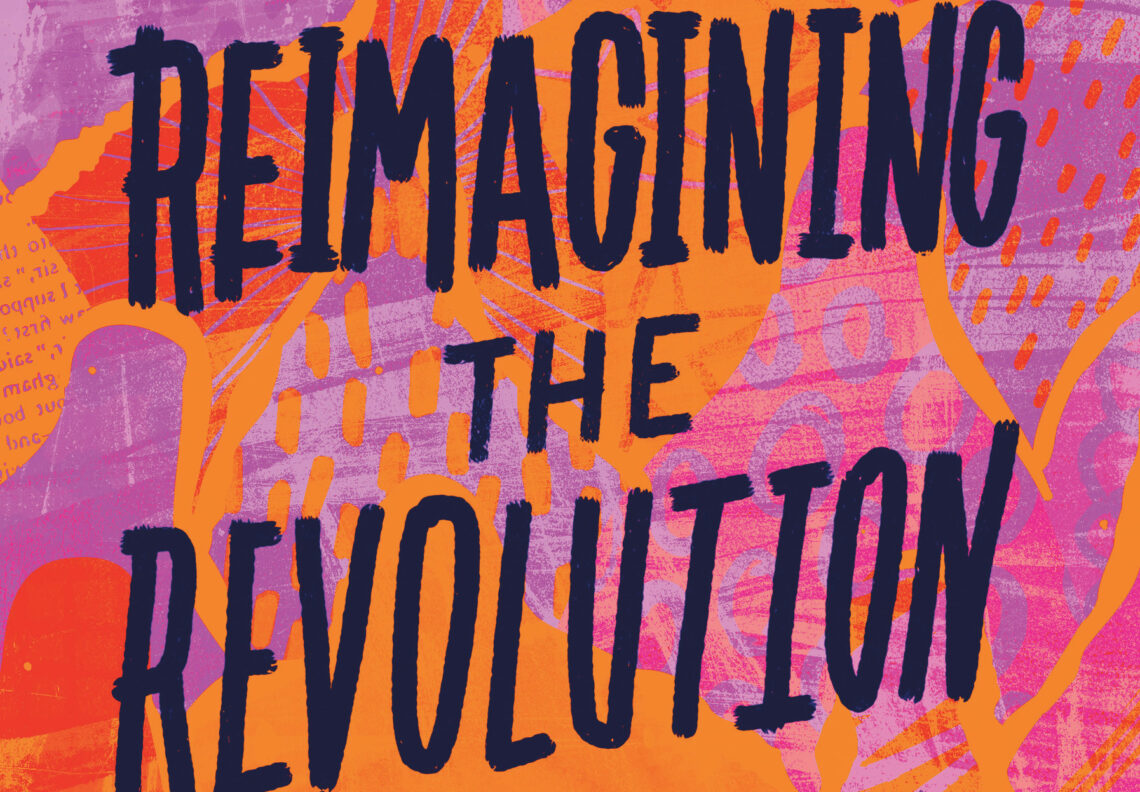For the first time since it was created in 2015, the annual Jim Marshall Fellowship in Photography is being granted to two students Kathryn Styer Martínez and Katie Rodriguez, both second years at UC Berkeley’s Graduate School of Journalism. The quality of the work they submitted was so high and the need so great, the committee decided to split the fellowship.
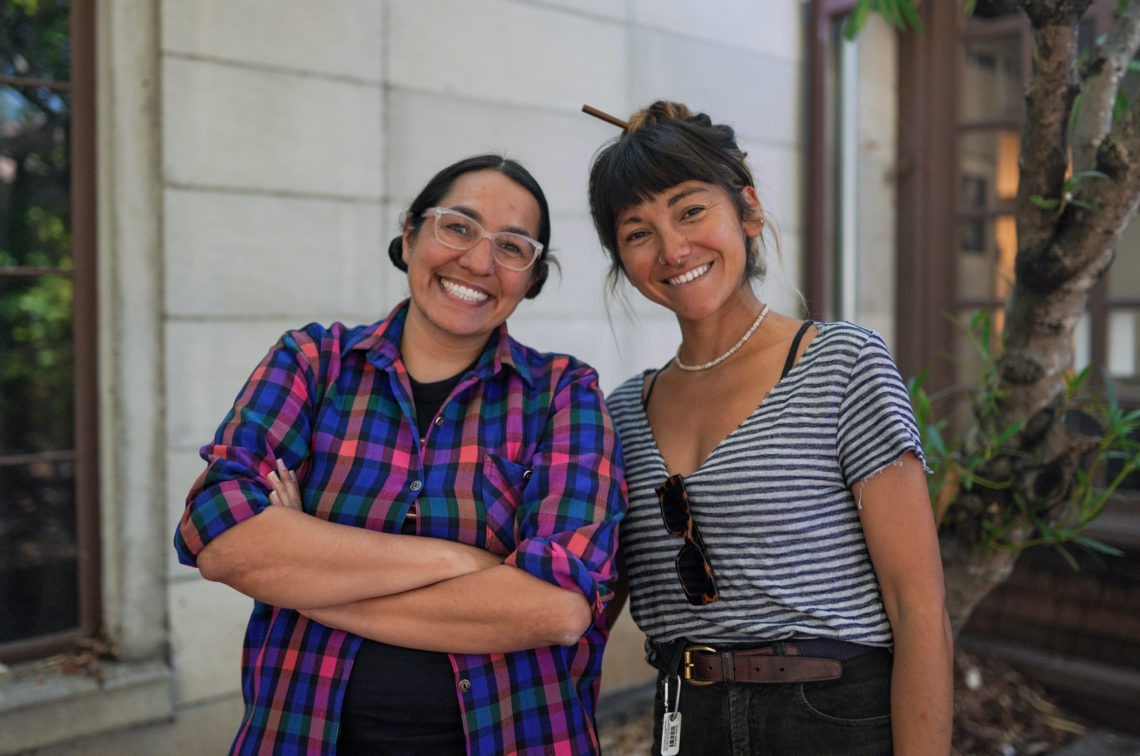
Kathryn Styer Martínez and Katie Rodriguez
Named after renowned photographer Jim Marshall, the fellowship financially supports a new generation of journalists who use photography to tell stories. The funding is provided to the school by former reporter and legendary ad-man Jeff Goodby and San Francisco-based photographer and Marshall’s long-time assistant and heir Amelia Davis. Davis was the executive producer of the award-winning documentary “Show Me The Picture: The Story of Jim Marshall” (2021) recounting the master lensman’s life behind and in front of the camera.
Ken Light, a long-time professor of photojournalism at the School, surprised Rodriguez and Martinez with a phone call to tell them the news personally. Light has taught at the School since 1983 and has worked as a freelance documentary photographer for 40 years, dedicating his career to documenting social issues facing America and mentoring the next generation.
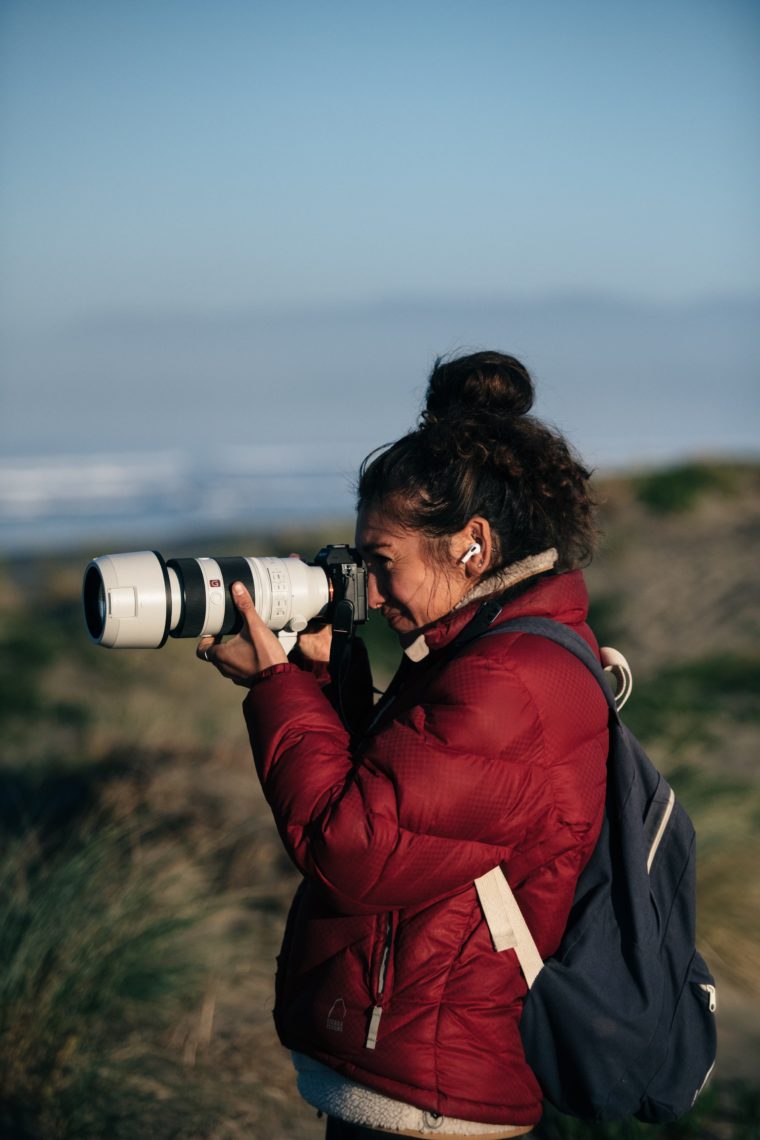
Katie Rodriguez
“I was in disbelief, ecstatic and couldn’t contain my excitement, and ultimately, I was just very honored,” Rodriguez said.
Honored. That was the most repeated word by the two journalists. Honored to have their work recognized at an early stage of their professional and artistic development. Honored to be taken into the elite of photography, working alongside outstanding visual journalists, including their mentor, Light.
For the aspiring journalists, the fellowship’s financial support means they can each focus on a yearlong creative project of their own choice that will ultimately become their thesis.
For Styer Martínez, a native of Northern California, this is the culmination of a lifelong passion for photography. “Growing up, 35-millimeter disposable cameras were an integral part of how I processed the world around me,” she said.
But as digital photography kicked in, she enthusiastically experimented with her phone 24/7 without having to go through the costly and time-consuming process of developing film. Her career as a photographer took off when her sister, Rachel Styer, a fine arts photographer, taught her how to use a digital camera.
Before coming to Berkeley, Styer Martínez was awarded the Toni Randolph Reporting Fellowship that involved an immersive one-year reporting experience at Minnesota Public Radio News. Her reporting focuses on Latino communities and economic equity. She is currently a production assistant at Reveal from the Center for Investigative Reporting.
In October, Styer Martínez was named an Ñ Awards finalist from NAHJ for a story for Minnesota Public Radio. The awards honor excellence in journalism and storytelling that protects the public interest through accurate and fair reporting. The recognition is not in the student category; she’s being honored and competing against her peers industry-wide.
“I feel duty-bound to go out and see what is happening in an effort to help others not only see, but also feel the emotion of a moment. Photojournalism is, in that sense, the ultimate form of journalism,” Styer Martínez said. “It is a physically demanding and sometimes dangerous job. You can’t do it remotely, you must go to the center of it all.”
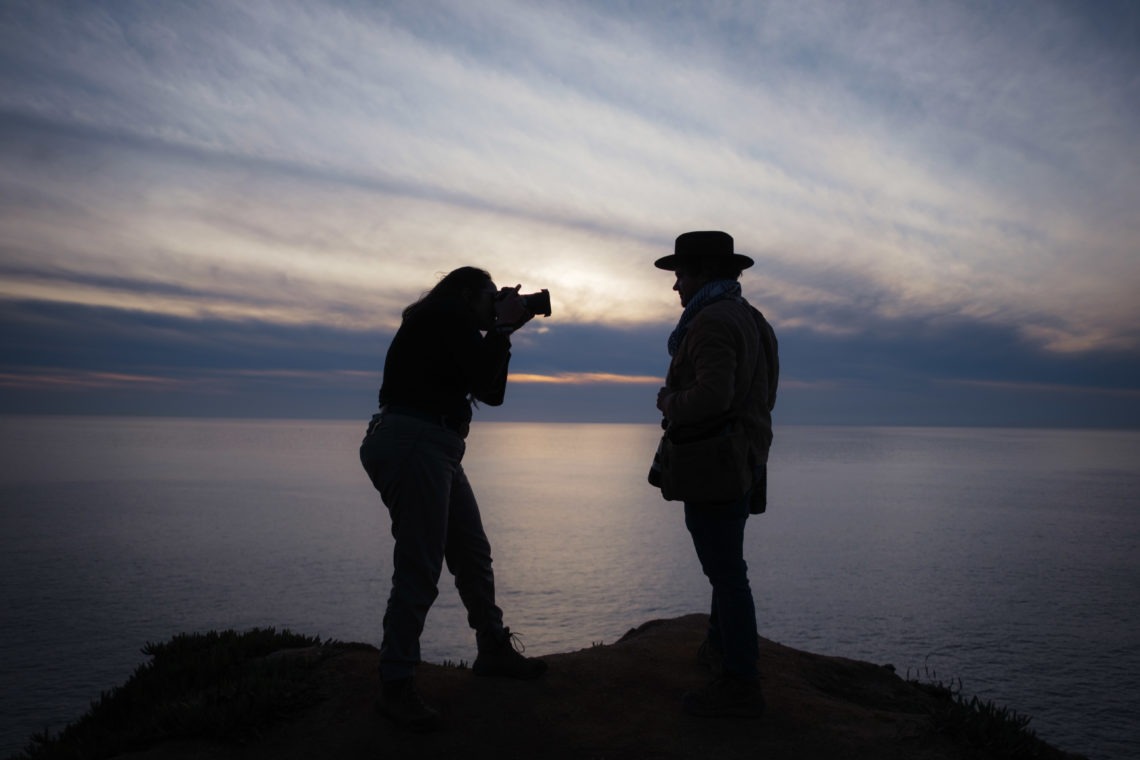
Kathryn Styer Martínez (left). Photo Kori Kuzuki (’23)
Similarly, Rodriguez, a Southern California native, first picked up a camera when she was in middle school – her grandpa’s old point-and-shoot, which she took everywhere. The first photo she remembers being proud of was of a monarch butterfly perched above Crater Lake in Oregon, which was published in her school yearbook. In her career in marine biology, she became obsessed with taking photos of the work that she was doing in the lab and in the field.
Rodriguez said her role as a storyteller kicks in the moment before she clicks the shutter button. She enjoys the challenges of human-centered photography, where she needs to heighten her attention to detail and spike her creativity.
Throughout her fellowship, Rodriguez wants to challenge traditional photojournalism, exploring what she calls “human oddities,” the idiosyncrasies that make every person unique. She will work on a project about subcultures and desert gentrification, exploring “human resilience and the different ways in which we adapt and find joy.”
“Since 2015, the Fellows have told stories through their photography and their own personal experiences as women, people of color, immigrants or just something different than what society thinks of as ‘the norm,’ just as Jim Marshall did through his honest and truthful photojournalism,” Amelia Davis said. “Congratulations to Katie Rodriguez and Kathryn Styer Martinez, an inspiring new generation of passionate photojournalists. Jim Marshall would have applauded your exceptional skills in storytelling.”
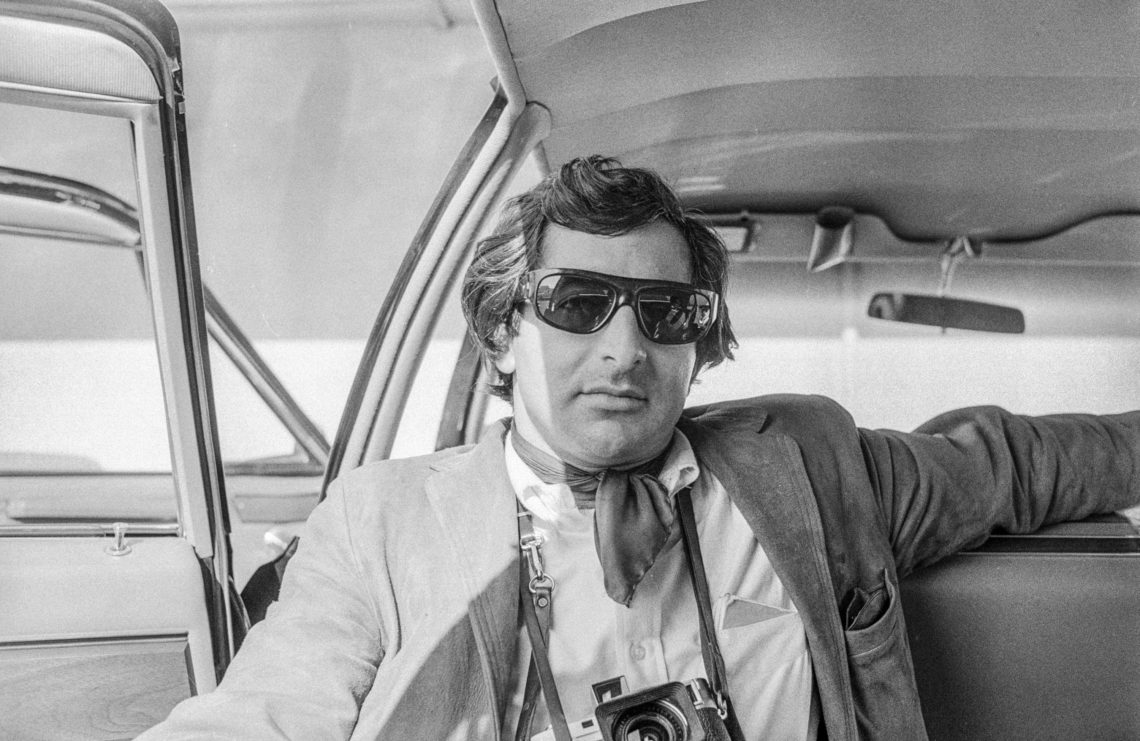
Jim Marshall in a limo with The Mamas & the Papas, 1967. (Courtesy Jim Marshall Photography LLC)
Past fellows include Mathew Miranda (’22), Clara Mokri (’21), Wesaam Al-Badry (’20), Drew Costley (’19), Samantha Clark (‘18) and Gina Pollack (‘16). All have gone on to interesting careers at such places as National Geographic, The Players’ Tribune, The Associated Press, The Sacramento Bee and as freelance photographers and documentary producers.
In 2022, Clara Mokri was honored by The 30: New and Emerging Photographers to Watch. And Wesaam Al-Badry’s photographs were recently acquired by The National Gallery in Washington, D.C., and the Fine Arts Museums of San Francisco, and will be featured in a 2023 exhibition at the de Young Museum in San Francisco.
About Jim Marshall
A child of immigrants, Marshall had an innate curiosity about the people and the social issues dominating the latter half of the 20th century. And he had incredible timing, capturing decisive moments of some of the most iconic figures in music history: among them, the Beatles, Bob Dylan, the Rolling Stones, Janis Joplin, and Miles Davis. Throughout his groundbreaking career, Marshall crossed boundaries to record an extraordinary period of history. His images of protest, civil unrest, and poverty, along with his stunning photography of the American jazz scene, San Francisco’s Summer of Love, and the early New York folk scene, are powerful. His famously, or infamously, abrasive but honest approach, combined with an incredible skill to build trust, allowed Marshall exceptional access to his subjects and enabled him to expand his portfolio beyond celebrities, to document history across the ages. In 2014, four years after his death, Marshall was honored with the Recording Academy’s Trustees Award (a Grammy Award) from the Recording Academy, for his contribution to chronicling music history.
By Irene Benedicto (’23)
Upcoming Events
Dean's Newsletter

March 27, 2024
Quarterly Newsletter From Dean Geeta Anand
Spring 2024 Dear Berkeley Journalism community: With great optimism about the future of our school, I share with you news of the largest gift in the history of Berkeley Journalism:…

Quarterly Newsletter from Dean Geeta Anand
June 15, 2023

Quarterly Newsletter From Dean Geeta Anand
November 30, 2022

